With the spotlight firmly (but gently and constructively) trained on an organisation’s senior leaders as both the source of the problem and the solution, were shining a torch into burnout’s darkest corners.
We’ve all heard the saying, “People are an organisation’s greatest asset.” But the truth is, it’s not just about the people—it’s about how well they’re supported. Even the most talented employees can’t thrive in environments where stress is ignored, mental health is stigmatised, or workloads are unsustainable.

Psychological safety isn’t a buzzword—it’s the foundation of how people feel and perform at work. At its core, it’s about whether employees feel safe to speak up, share ideas, admit mistakes, or say they’re struggling without fear of judgment or backlash. And while many factors influence psychological safety, one has the biggest impact: leadership.

Every team wants better collaboration, smoother communication, and stronger results. But here’s the truth: none of that happens without trust. Trust is the glue that holds people together when deadlines are tight, when mistakes happen, or when big changes roll through the organisation. Without it, even the most talented group of individuals won’t perform at their best.

Leadership doesn’t happen in a vacuum. The culture of a workplace has a direct impact on how leaders show up, make decisions, and support (or unintentionally harm) their people’s wellbeing. In other words: if culture shapes behaviour, it also shapes leadership.







